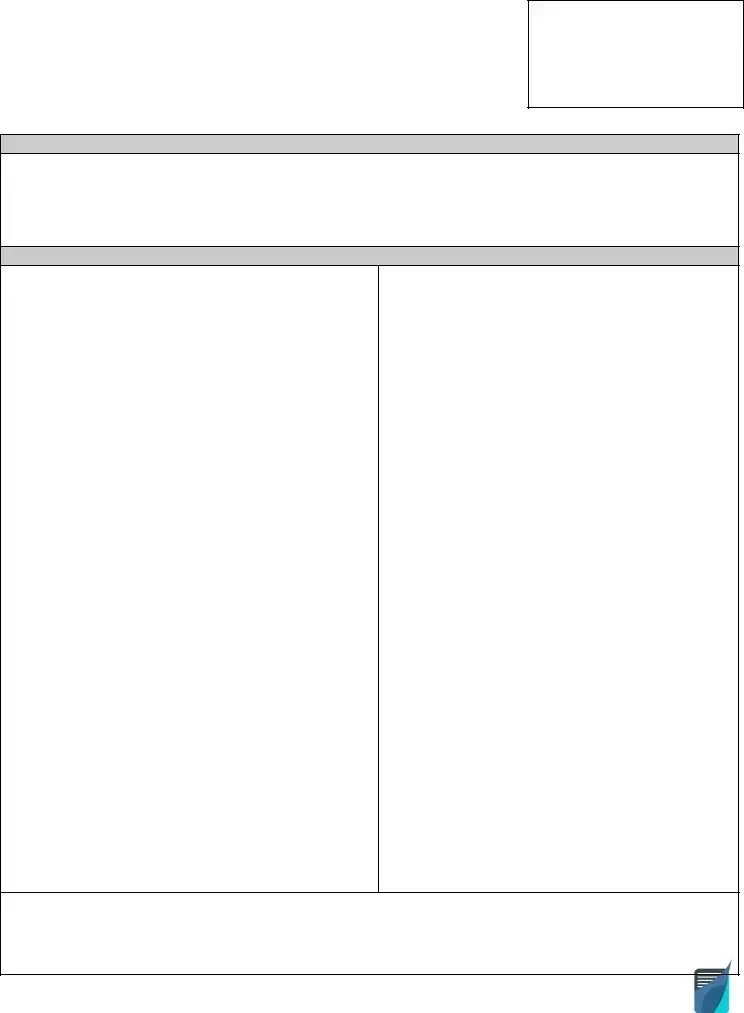A Medical Release Form shares similarities with a Work Release Form, primarily in its function to communicate critical information about an individual’s health status and capabilities. It typically allows healthcare providers to release medical information to specified parties, much like a Work Release Form permits the disclosure of an employee’s ability to work under certain conditions. Both forms act as a bridge for information between personal health or capability and the requirements of an external party, ensuring that actions are taken with an understanding of relevant restrictions or needs.
The Liability Waiver Form parallels the Work Release Form in its preventative nature. It is designed to protect an organization or entity from legal claims in the event of an injury or damage. This form requires an individual to acknowledge the risks involved in an activity, similar to how a Work Release Form may detail the risks or limitations of a person returning to work. Both documents are preemptive, aiming to clarify responsibilities and reduce potential disputes by ensuring all parties are informed.
An Employment Contract closely relates to the concept of a Work Release Form by setting the terms of employment, including any conditions related to health or physical capabilities required for the job. Just as a Work Release Form might outline the specific accommodations or limitations relevant to an employee’s return to work, an Employment Contract establishes the expectations and responsibilities from the outset. Both forms ensure clarity and agreement on what is expected from the employee under certain conditions.
The Non-Disclosure Agreement (NDA) and Work Release Form share the element of confidentiality, although they apply it in different contexts. An NDA protects confidential information, while a Work Release Form might contain sensitive health-related information that must also be handled with discretion. Both forms serve to establish trust between parties by outlining how sensitive information will be managed and shared, ensuring that privacy and confidentiality are maintained.
Return to Work Authorization forms are very similar to Work Release Forms since both serve as official permissions concerning an employee’s work status. Return to Work Authorization specifically focuses on the clearance of employees to resume duties after an absence due to illness or injury, indicating that they are fit for work. Both forms provide a structured way for employers to manage the transition of employees back into the workforce safely.
An Accommodation Request Form is parallel to a Work Release Form in terms of facilitating workplace adjustments for employees. This form is typically used by employees to request changes that would enable them to perform their job despite any limitations. Similarly, a Work Release Form may specify the kind of accommodations an employee needs upon their return to work. Both documents play a crucial role in promoting inclusivity and ensuring that work environments can adapt to the diverse needs of employees.
A Fitness for Duty Certification resembles a Work Release Form as both confirm an employee’s capability to perform job-related tasks, especially after an absence due to medical reasons. This certification often follows a medical examination, just as a Work Release might, to affirm that the employee can safely return to work. Both documents aid employers in making informed decisions about the employee’s work status and any necessary adjustments to their role or workload.
The Employee Handbook, while broader in scope, shares traits with a Work Release Form through its role in communicating policies and expectations. It may contain sections that address leave policies, return to work procedures, and accommodations, providing a contextual backdrop for Work Release Forms. Both serve educational purposes, ensuring that employees understand their rights and the protocols for navigating work-related situations, including health-related absences.
A Performance Improvement Plan (PIP) can be likened to a Work Release Form in that it also deals with an employee’s ability to meet job expectations. While a PIP is focused on addressing performance issues, and a Work Release Form deals with physical or health conditions, both documents outline specific criteria the employee must meet. They serve as formal ways to identify and communicate what is needed from an employee for their successful continuation or return to work.
An Emergency Contact Form bears similarity to a Work Release Form by containing critical personal information that could be necessary in urgent situations. While its primary purpose is to provide contact information for emergencies, seeing it in conjunction with a Work Release Form highlights the importance of preparedness and safety in the workplace. Both forms contribute to a framework within which employees’ health and safety are prioritized, ensuring that appropriate measures can be taken swiftly when needed.

